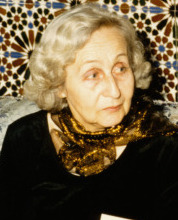
Bactria, or Bactriana, was an ancient Iranian civilization in Central Asia based in the area south of the Oxus River and north of the mountains of the Hindu Kush, an area within the north of modern Afghanistan. Bactria was strategically located south of Sogdia and the western part of the Pamir Mountains. The extensive mountain ranges acted as protective "walls" on three sides, with the Pamir on the north and the Hindu Kush on south forming a junction with the Karakoram range towards the east.
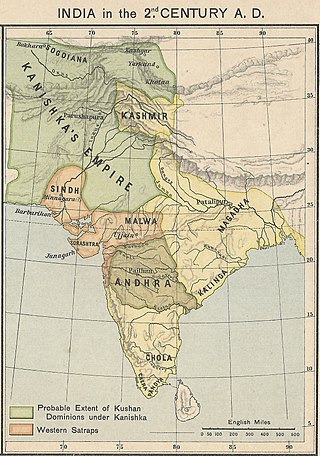
The Kushan Empire was a syncretic empire formed by the Yuezhi in the Bactrian territories in the early 1st century. It spread to encompass much of what is now Tajikistan, Uzbekistan, Afghanistan, Pakistan, Eastern Iran and Northern India, at least as far as Saketa and Sarnath, near Varanasi, where inscriptions have been found dating to the era of the Kushan emperor Kanishka the Great.

The Bactria–Margiana Archaeological Complex (BMAC) is the modern archaeological designation for a particular Middle Bronze Age civilisation of southern Central Asia, also known as the Oxus Civilization. The civilisation's urban phase or Integration Era, was dated in 2010 by Sandro Salvatori to c. 2400–1950 BC, but a different view is held by Nadezhda A. Dubova and Bertille Lyonnet, c. 2250–1700 BC.

Termez is the capital of Surxondaryo Region in southern Uzbekistan. Administratively, it is a district-level city. Its population is 182,800 (2021). It is notable as the site of Alexander the Great's city Alexandria on the Oxus, as a center of early Buddhism, as a site of Muslim pilgrimage, and as a base of Soviet Union military operations in Afghanistan, accessible via the nearby Hairatan border crossing.
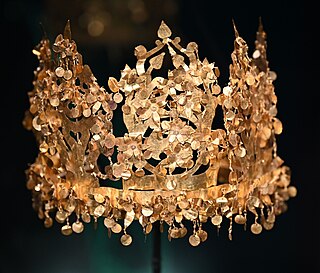
Tillya tepe, Tillia tepe or Tillā tapa is an archaeological site in the northern Afghanistan province of Jowzjan near Sheberghan, excavated in 1978 by a Soviet-Afghan team led by the Soviet archaeologist Viktor Sarianidi. The hoard found there is often known as the Bactrian gold.

Dalverzin Tepe is an ancient archaeological site founded by the Graeco-Bactrian Kingdom and located near to the modern city of Denau in the Surxondaryo Region of Uzbekistan. The city was founded in the 3rd century BC and rose to prominence in the Kushan period when two important Buddhist temples were built here. Dalverzin Tepe was excavated by the famed Soviet archeologist Galina Pugachenkova.

The Orlat plaques are a series of bone plaques that were discovered in the mid-1980s in Uzbekistan. They were found during excavations led by Galina Pugachenkova at the cemetery of Orlat, by the bank of the Saganak River, immediately north of Samarkand. Pugachenkova published her finds in 1989. The left half is decorated with an elaborated battle scene, while on the other side is depicted a hunting scene.

Khalchayan is an archaeological site, thought to be a small palace or a reception hall, located near the modern town of Denov in Surxondaryo Region of southern Uzbekistan. It is located in the valley of the Surkhan Darya, a northern tributary of the Oxus.
Mikhail Yevgenyevich Masson was a Soviet archaeologist. He was the founder of the archaeology school in Central Asia and a professor, doctor of historical and archaeological sciences and member of the Turkmen Academy of Sciences.
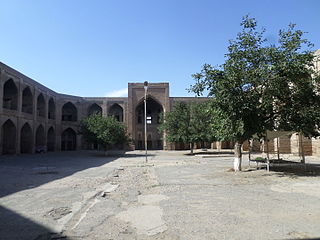
Denov is a city in Surxondaryo Region of southeast Uzbekistan, the administrative centre of Denov District. It is in the Hissar Range close to the border with Tajikistan, and is the closest major town to the Kalchayan and Dalverzin Tepe archaeological sites. Denov is believed to be the site of ancient city of Chaghaniyan.

Central Asian art is visual art created in Central Asia, in areas corresponding to modern Kyrgyzstan, Kazakhstan, Uzbekistan, Turkmenistan, Tajikistan, Afghanistan, and parts of modern Mongolia, China and Russia. The art of ancient and medieval Central Asia reflects the rich history of this vast area, home to a huge variety of peoples, religions and ways of life. The artistic remains of the region show a remarkable combinations of influences that exemplify the multicultural nature of Central Asian society. The Silk Road transmission of art, Scythian art, Greco-Buddhist art, Serindian art and more recently Persianate culture, are all part of this complicated history.

Kara Tepe is a Buddhist archaeological site in the Central Asia region of Bactria, in the Termez oasis near the city of Termez in southern Uzbekistan. The foundations of the site date to the 1st century CE, with a peak of activity around the 3rd and 4th centuries during the Kushan period, before experiencing a fatal decline around the 5th century CE, probably with the invasion of the Kushano-Sassanian, whose coinage can be found on the site.
Zamira Ismailovna Usmanova is an Uzbek archaeologist and the first woman to graduate from the National University of Uzbekistan's Department of Archaeology. One of few female archaeologists in Central Asia, her works and research allowed for the dating of the city of Merv, Erk-Kala. She has published about 150 scientific publications on archaeology and the history of art of Central Asia.

Fayaz Tepe, also Fayoz-Tepe, is a Buddhist archaeological site in the Central Asia region of Bactria, in the Termez oasis near the city of Termez in southern Uzbekistan. Located 15 km west of Termez off the main M39 highway. Bus number 15 runs past the turn-off to Fayaz Tepe, from where it is a 1 km walk without shade. The foundations of the site date to the 1st century CE, with a peak of activity around the 3rd and 4th centuries during the Kushan period, before experiencing a fatal decline around the 5th century CE, probably with the invasion of the Kushano-Sassanian, whose coinage can be found at the nearby site of Kara Tepe.

Balalyk tepe, in former Bactria, modern Uzbekistan, is a Central Asian archaeological site with many mural paintings. It was the site of a small fortified manor belonging to a princely Hephthalite clan. It is generally dated a bit later than the painting at Dilberjin, from the late 5th century to the early 7th century CE, or from the end of the 6th century to the early 7th century CE. The paintings of Balalyk Tepe are part of a "Tokharistan school", which also includes Adzhina-tepe and Kafyr-kala. They are succeeded chronologically by the Sogdian art of Penjikent.
Svetlana Borisovna Lunina is an Uzbekistani archaeologist specialising in the study of ceramic material and painting techniques of Central Asian monuments. She was a professor at Tashkent State University.
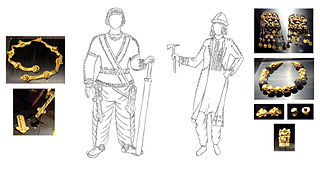
Yemshi Tepe, also Emchi-Tepe or Imshik, is an ancient circular fortress in Afghanistan, 5 kilometers to the northeast of the city of Sheberghan.It is about 100 kilometers west of Balkh, the capital of ancient Bactria.

The Archaeological Museum of Termez is a museum in the city of Termez, modern Uzbekistan. The artifacts contained in the museum are mainly linked to the Graeco-Bactrian and Kushan periods. Some artifacts, such as the seated Buddha under the Bodhi tree or head of the Kushan prince are actually copies, the original of which are located in the History Museum of Tashkent and in the Hermitage Museum in Saint-Petersburg.
Kampir Tepe is an archaeological site located within the Surxondaryo Region of Uzbekistan, near the village Shoʻrob, northwest of the city of Termez. It is thought to be the lost city of Alexandria on the Oxus described by Ptolemy, though the Amu Darya river has now changed its course. The Telegraph newspaper describes Kampir Tepe as “the Pompeii of Central Asia.”
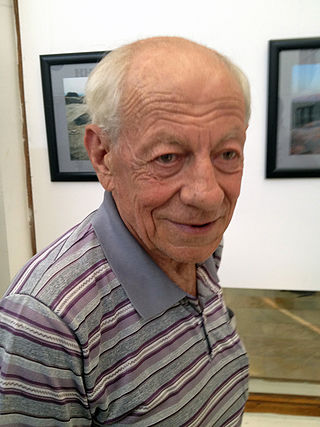
Edvard Vasilevich Rtveladze was a Soviet, Georgian, and Uzbek scientist. His credentials included membership in the Senate of the Oliy Majlis of the Republic of Uzbekistan, the Doctor of Historical Sciences, the academician from the Academy of Sciences of the Republic of Uzbekistan, and tenure as a professor.
